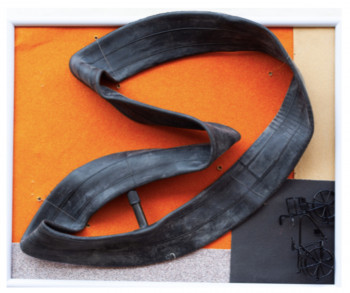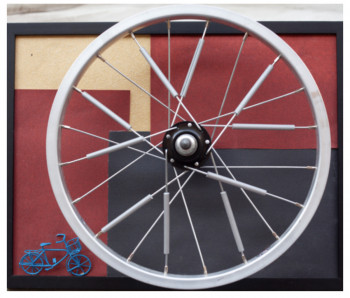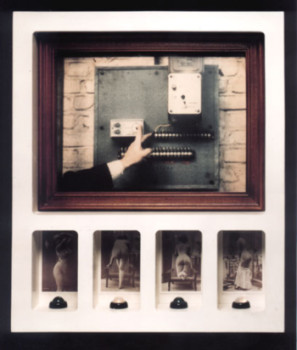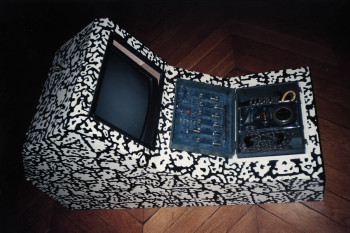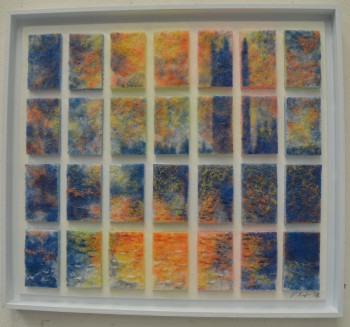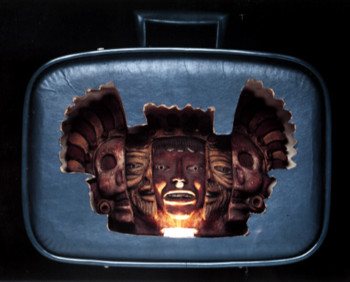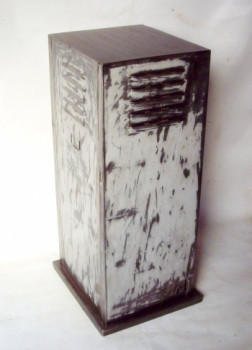
Duchamp, precursor artist of conceptual art
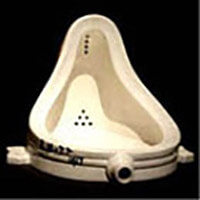
Throughout time, artists have sought to push the boundaries of art, giving birth to new styles, new techniques and surprising works. Duchamp, through hard work and thanks toa totally innovative vision, has made it possible to transpose art beyond matter.
A bourgeois youth
It was within a large family that Duchamp began his life, in July 1887. Born; near Rouen, in what was then called the bourgeoisie, he grew up surrounded by six other brothers and sisters. His lively mind allows him to learn from scratch. master the rules of chess at a very young age. He will nourish and develop this passion throughout his life. However, art also attracted the young Duchamp. Its sensitivity and his strategic mind, reinforced by his centers of interest, allow him to pursue his studies with excellence. In 1904, his destiny took him to Paris, where he undertakes a training course in the arts sector. painting then becomes his Ingres violin.
An unconventional spirit
The world of peinture in which he gravitates turns out to be very demanding, but above all fundamentally traditionalist. Unfortunately, Duchamp had an independent spirit, in search of renewal and perpetual questioning. This side rebellious character is not suitable for its environment. As soon as he realizes this, the artiste turns away somewhat away from his art academy and begins to explore his work. evolve in the world of the night. Billiard rooms and Parisian cabarets became his daily life. This lifestyle impacts his studies, hitting him hard. a resounding failure, when entering the world. the Ecole des Beaux-Arts of Paris.
A solitary apprenticeship
For several years, Duchamp searched for himself as an artist. This results in a hazardous journey, through extremely varied works. Classifying Duchamp in a precise style is impossible to do. this period of his life. From Impressionism to Cubism, he explores all the nuances of the art of his time. In 1912, however, he tried to exhibit his work at the Salon des independants. His work "Nude Descending a Staircase" did not find its audience. On the contrary, all that the artist collects during this exhibition are only debates, doubts and criticism. He therefore decides to continue his tests, research and other experiences, with the sole aim of emerging as an accomplished artist.
New York and the world of sculpture
Duchamp fails to achieve this; establish yourself as a painter. Small small, sculpture seems to make him flourish more. In particular, it allows him to study new ways of approaching art in its purest essence. The artist sculptor feels that he is close to his goal. Every day, he diverts utilitarian objects to create innovative and inspired art, futuristic and questioning. His arrival at New York marks a real turning point in his life. Having left France due to the war, he leaves again zero. Finding your bearings, finding a workshop, making a name for yourself and meeting new friends, the road is long, but the sculptor does not lack will. He eventually found patrons and his work began to take off. Be recognized by your peers.
A unique personality sulphurous
It is vain to chase one's naturalness, as the proverb expresses so well. The rebellious nature of Duchamp comes back at a gallop, despite the violence. the ocean which separates it from its roots. The years that followed his installation there New York, the artist sculptor is getting a lot of attention. Sometimes, through his art. Sometimes, because of its excesses. From scandals to major projects, Duchamp is not idle.
Conceptual art
Duchamp leaves no one indifferent. When some people cry genius, others rebel against what they think is an imposter. In reality, Duchamp's art challenges, questions and shakes up conventions. Let's cite for example "Fontaine", a simple urinal exposed to the sun. in 1917. Taking people by surprise, the sculptor's goal is to ask a simple question: what is possible to achieve in art? He hopes that the world can realize that art simply has no limits and that the message sometimes prevails over the form. Thus was born conceptual art.
Duchamp, his emblematic works
Besides "Fontaine", in 1917, which he described as: "an everyday object ;raised to the dignity of a work of art by the act of choice of the artist", several creations have marked lastingly the history of art:
- The Bicycle Wheel: the latter, only attached to the wheel. a modest stool, was to question the limits of art,
- L.H.O.O.Q.: the artist delivers here a postcard, representing the Mona Lisa, slightly modified. By reading the acronym, in French, the observer deciphers a vulgar message,
- The large glass is made up of two frames depicting a bride and several single people,
- Fresh Widow: Duchamp here wants to question notions of perception and sight,
- Bottle Rack: the artist sculptor deliberately chooses to prohibit the use of bottles. this bottle holder fulfills its mission. Takeover of the artist, phallic metaphor, interpretations can be multiple,
- ÉGiven: the work, here, is a painting enclosed within itself. and hidden through a solid wooden door. It can only be observed through two peepholes,
- Prelude to a Broken Arm: this ready-made reminds us that objects have a reason for being.
Everything that Duchamp seeks to achieve; what he has to do, throughout his life, is to emancipate himself from an art which aims to be almost exclusively retinal, to merge with an art of the mind which has the merit, according to him, of moving things forward, of pushing for change. reflection, to encourage reflection experimentation. Nihilism and derision permeate all his creations, at least as much as his free spirit.
Duchamp, a major artist
In the world of art, he is recognized as one of the most influential artists of his century, alongside ;summers of Picasso and Matisse. Duchamp dies at at the age of 81, Neuilly-sur-Seine, October 2, 1968.
Découvrez quelques oeuvres inspirées de Duchamp
